16 Creature Features That Changed Monster Movies Forever
Monster movies have captivated audiences for decades, and many creature features have redefined the genre in unique ways. From terrifying aliens to tragic beasts, these films have pushed the boundaries of horror and special effects. Classic creatures like King Kong and Godzilla paved the way for future monsters, making lasting impacts on pop culture. Films such as The Thing and Alien showcased how fear could be built through both practical effects and suspense. Meanwhile, movies like Tremors and The Blob introduced new concepts that continue to inspire modern creature films. As technology evolved, so did the designs and storytelling of these creatures, making them more memorable and impactful.
This post may contain affiliate links, which helps keep this content free. Please read our disclosure for more info.
King Kong (1933)
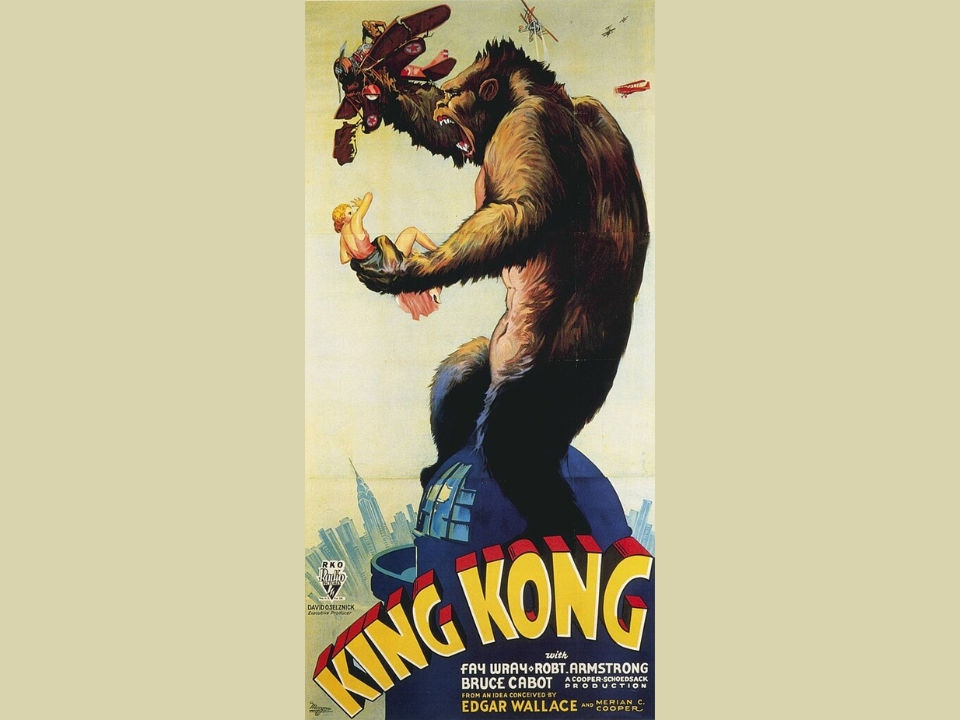
The 1933 film King Kong is one of the earliest examples of a creature feature that captivated audiences worldwide. Featuring the iconic giant ape, it combined stop-motion animation with live-action, setting a new standard for visual storytelling in monster films. King Kong’s design, created by Willis O’Brien, was revolutionary for its time and has influenced countless filmmakers in the genre. The film’s intense emotional depth, focusing on the creature’s relationship with Ann Darrow, elevated the genre and turned King Kong into a pop culture icon.
The character’s role as both a terrifying beast and a tragic figure helped blur the lines between villain and victim. This duality paved the way for future monster movies, where creatures were not just mindless predators but characters with complex motivations. King Kong remains a benchmark in the history of monster cinema and continues to inspire new adaptations, showcasing the lasting impact of its groundbreaking creature design.
Godzilla (1954)
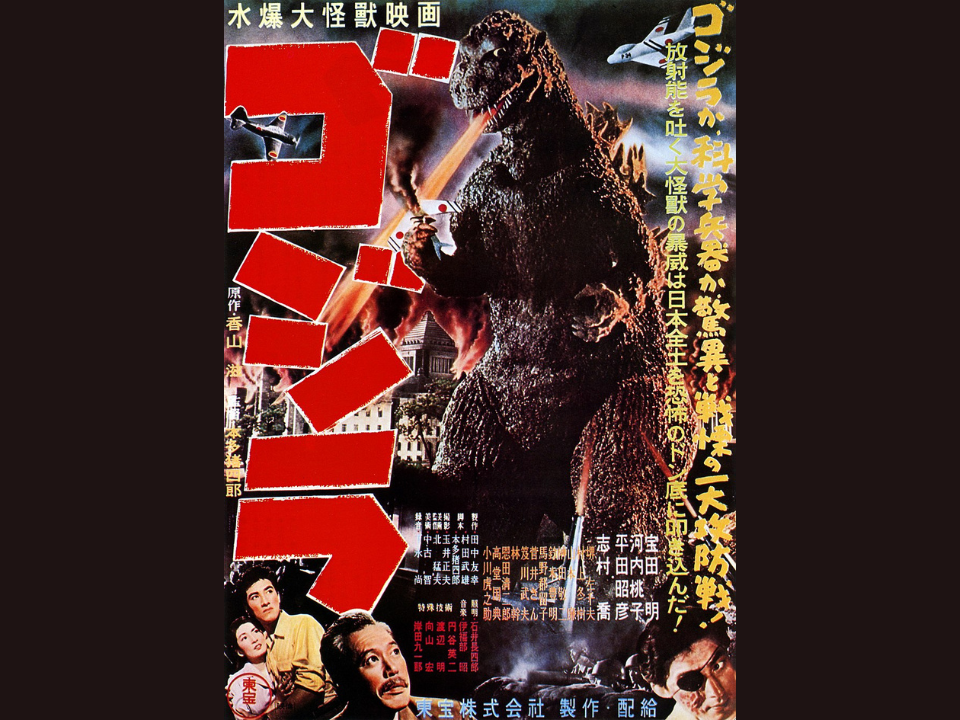
The 1954 Godzilla (or Gojira in Japan) introduced the world to one of the most enduring monster icons in film history. Directed by Ishirō Honda, Godzilla was a metaphor for the fear and devastation brought by nuclear weapons, making the creature much more than just a destructive force. Godzilla’s design, brought to life through suitmation, and its terrifying roar became staples of the genre, inspiring numerous sequels and spin-offs over the decades. The film’s success helped launch a series of kaiju movies that shaped the monster genre in both Japan and the world.
The film’s tone, dark and brooding, set it apart from earlier monster films by adding an element of social commentary. Godzilla’s combination of visual spectacle and deeper meaning laid the foundation for films that treated monsters as symbols rather than mere antagonists. The creature’s iconic status is unmatched, with each new iteration of Godzilla offering something both nostalgic and fresh to fans.
The Thing (1982)
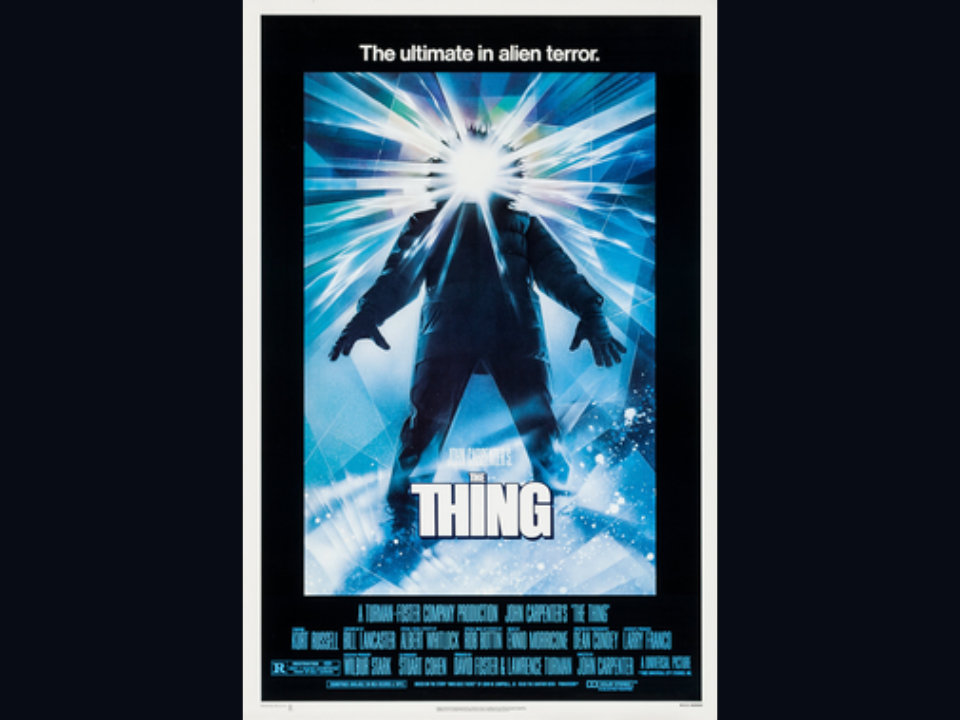
John Carpenter’s The Thing introduced a unique form of terror, combining science fiction with horror in a way never seen before. The film’s monster, a shape-shifting alien capable of imitating any organism it encounters, was revolutionary in its unpredictability. The creature’s transformations, realized through groundbreaking practical effects by Rob Bottin, set new standards for visual horror. The Thing emphasized paranoia and isolation, with the creature’s ability to take on the appearance of humans creating a constant sense of dread throughout the film.
In addition to its terrifying monster, The Thing pioneered the use of grotesque and innovative practical effects in horror. The creature’s ever-changing forms influenced how filmmakers approached monster design in the years to come. The film, initially a box office disappointment, gained a massive cult following and is now considered one of the greatest creature features in cinema history.
Alien (1979)
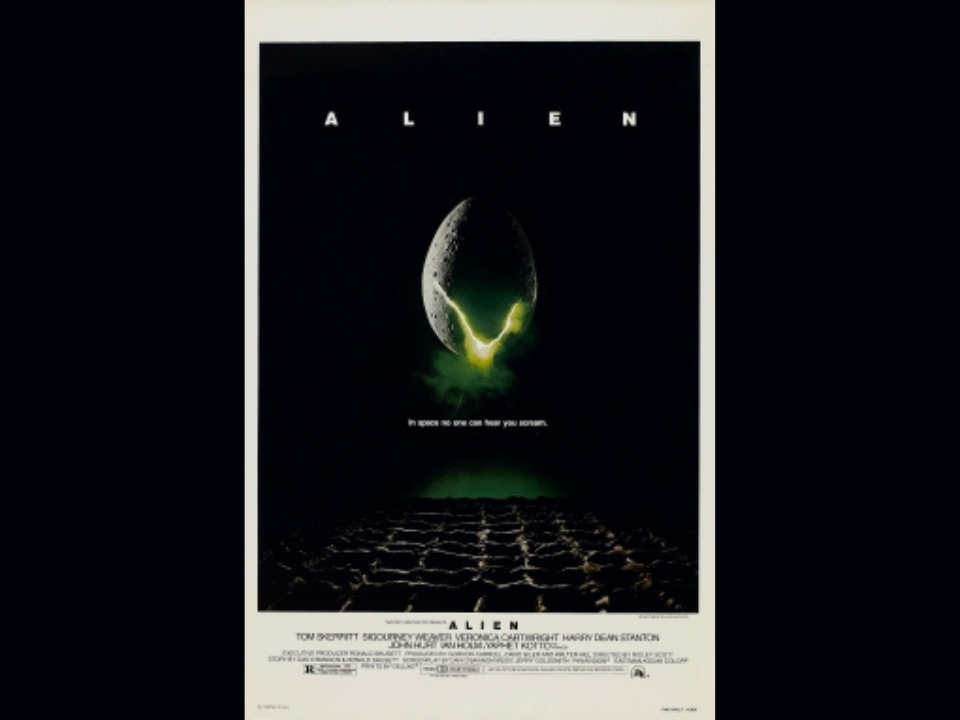
Ridley Scott’s Alien redefined the monster movie by blending the horror of deep space with the terror of an alien creature. The xenomorph, designed by H.R. Giger, became a symbol of otherworldly fear with its biomechanical features and deadly instincts. The film’s focus on isolation and claustrophobia, as the crew of the Nostromo fights for survival against the creature, made the alien more terrifying and unpredictable. The slow-burn horror of Alien was unlike anything seen before in sci-fi or monster films, establishing a new template for suspenseful creature features.
The film;s success not only launched a long-running franchise but also solidified the xenomorph as a hallmark of monster cinema. Its combination of science fiction and horror inspired a wave of movies where the creature is not just a villain but a looming force of nature. Alien influenced the design and portrayal of monsters in film, establishing a new era of creature features focused on tension and psychological terror.
Jaws (1975)
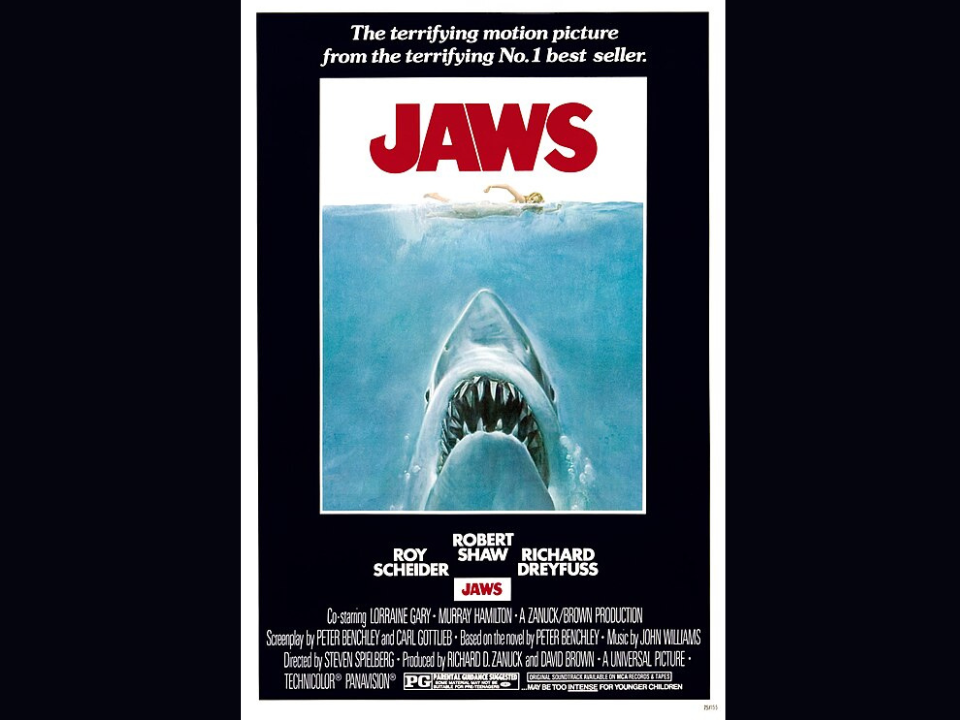
Steven Spielberg’s Jaws is often credited with transforming the monster movie into a high-stakes thriller. The story, centered around a monstrous great white shark terrorizing a small town, combined the thrills of horror with the tension of a survival drama. While the shark itself was a key element, the film’s use of suspense and the unseen monster, particularly due to technical issues with the mechanical shark, made the creature more terrifying. Jaws pioneered the concept of the monster as a force of nature, unstoppable and unpredictable.
The film;s success at the box office marked the beginning of the blockbuster era, proving that monster movies could have mainstream appeal. The shark’s depiction also influenced how creatures in later films were portrayed: not just as physical threats but as emotional ones, often represented through fear of the unknown. Jaws became a template for creature films that used suspense and pacing to create a tension-filled atmosphere rather than relying solely on special effects.
The Fly (1958)
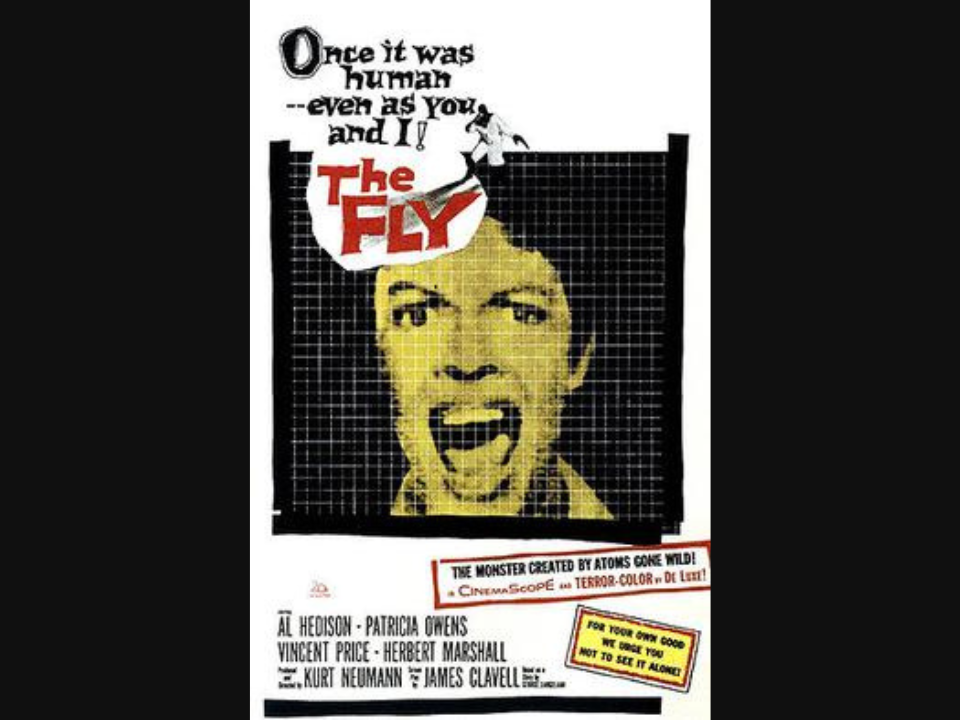
In The Fly, directed by Kurt Neumann, the transformation of a scientist into a monstrous fly created one of the most memorable creature features of the 1950s. The film blended science fiction with body horror, exploring the consequences of human experimentation gone wrong. The creature’s grotesque appearance, created through innovative special effects, made an emotional impact, portraying the tragic nature of the scientist’s descent into monstrosity. This theme of body horror would go on to influence future films in the genre, where transformations become both a physical and psychological journey.
The film’s influence extends beyond its era, with later films like The Fly (1986) by David Cronenberg revisiting its premise with more advanced special effects. It established the idea of the monster as a tragic figure, a theme that would appear in many later creature films. The Fly helped solidify body horror as a significant subgenre of monster movies, marking a shift in how monsters could be portrayed.
Nosferatu (1922)
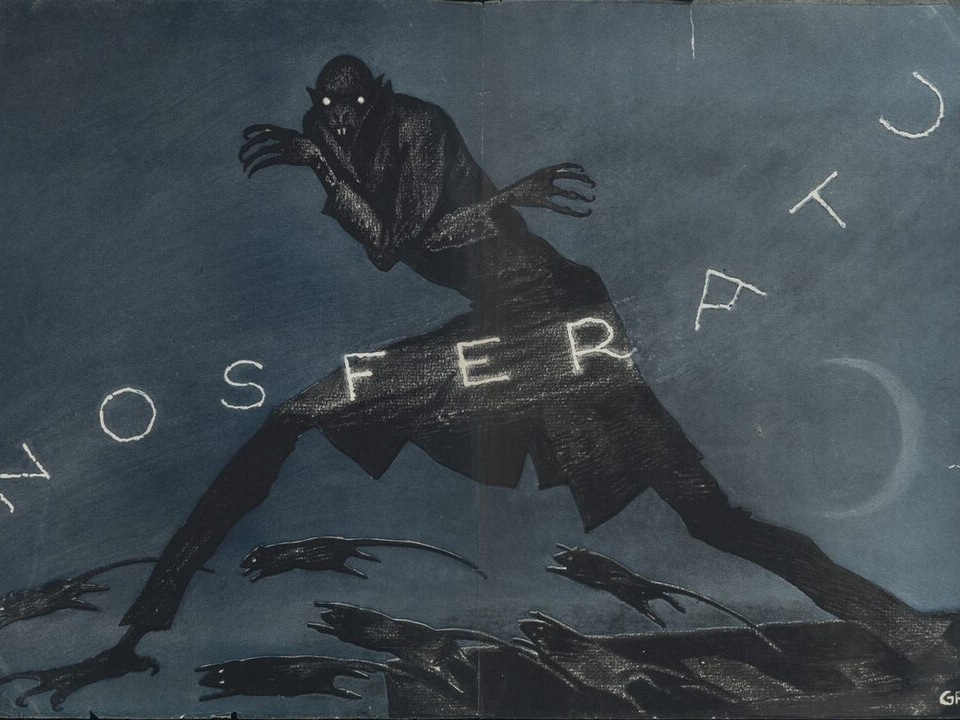
F.W. Murnau’s Nosferatu is one of the earliest and most influential monster films, marking the first appearance of a vampire on screen. Max Schreck’s portrayal of Count Orlok, with his hauntingly unsettling appearance, set the standard for vampire imagery in cinema. The film’s use of shadows and eerie cinematography created an atmosphere of dread that was unparalleled at the time. Nosferatu took the creature feature into the realm of gothic horror, introducing audiences to a monster that was more than just a physical threat—it was a creature of the night, an embodiment of terror itself.
Nosferatu also laid the groundwork for how monsters would be used as symbols of darker themes, such as fear of the unknown or the supernatural. The film’s influence can still be seen in countless vampire movies and the broader horror genre. Its iconic imagery, particularly the design of Count Orlok, has become synonymous with classic horror and is a direct precursor to the visual styles seen in modern monster films.
Frankenstein (1931)
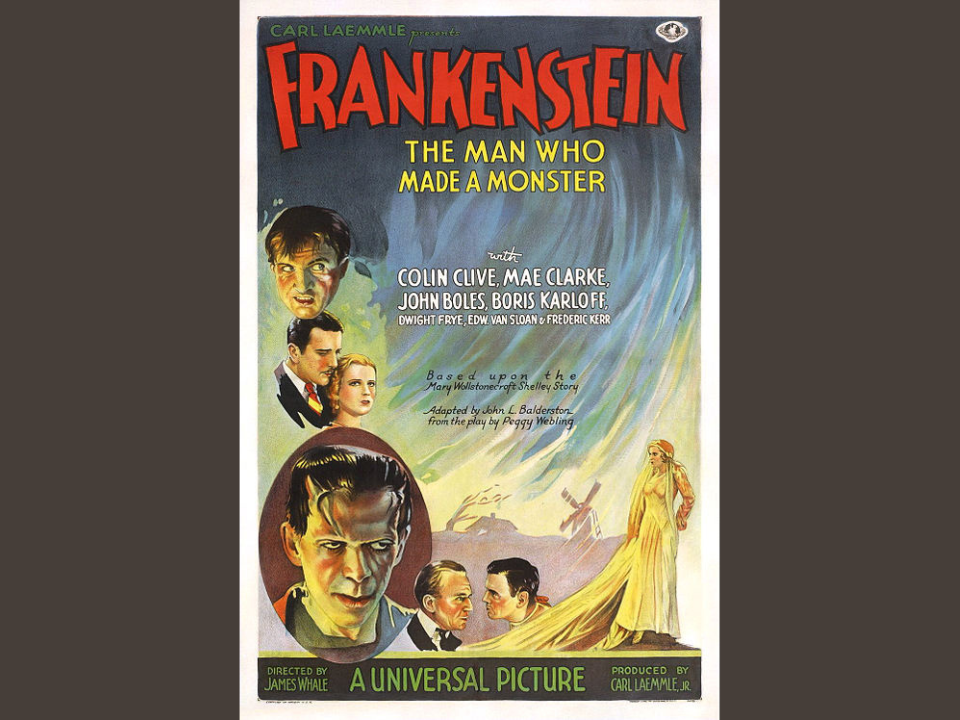
James Whale’s Frankenstein brought Mary Shelley’s classic novel to life with Boris Karloff’s unforgettable portrayal of the creature. The film’s depiction of the monster as both tragic and monstrous, rather than merely evil, set a precedent for future creature features. The makeup and prosthetics used to create the monster became iconic, influencing how monsters would be designed in later films. Whale’s direction highlighted the emotional complexity of the creature, making it a deeply sympathetic figure, rather than just a villain.
The film’s success helped solidify Frankenstein as one of the cornerstone films of universal horror and monster cinema. The monster’s tragic nature influenced how filmmakers approached creature design and character development. Frankenstein became a touchstone for future films that sought to portray monsters with depth and humanity, shifting the way audiences viewed the relationship between humans and creatures.
The Invisible Man (1933)
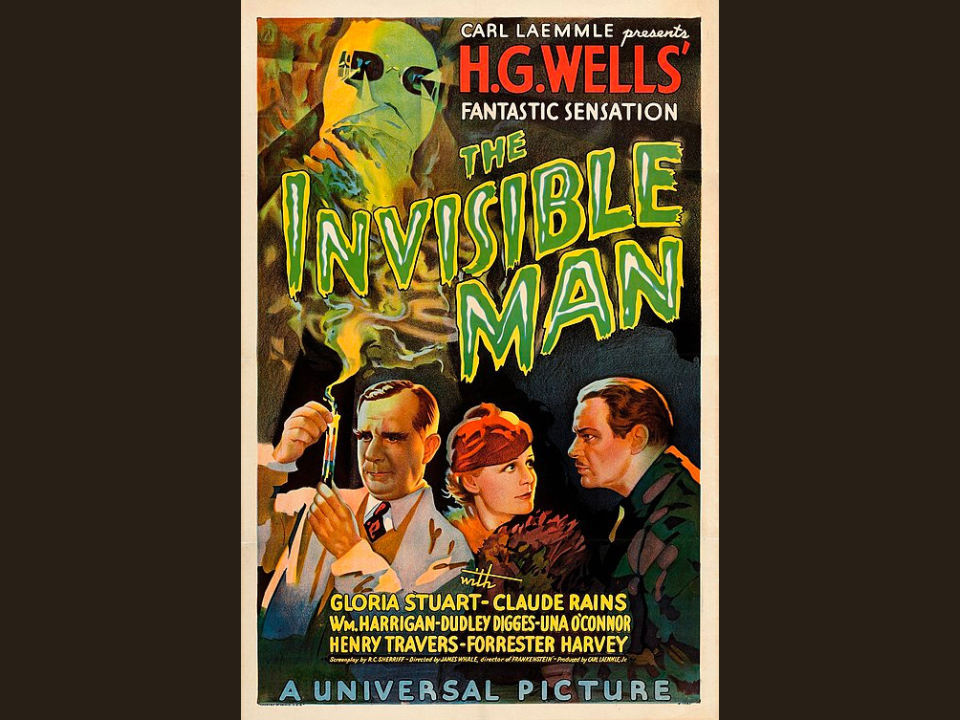
Another classic from Universal Studios, The Invisible Man, directed by James Whale, took the concept of the monster movie into new territory. Based on H.G. Wells’ novel, the film featured a scientist who becomes invisible, using his newfound powers for destruction. The creature’s ability to remain unseen created a different kind of terror, where the monster’s presence was more psychological than physical. The use of special effects, such as the innovative invisibility effect, set a new standard for how visual effects could be used to convey the presence of a creature without showing it.
The success of The Invisible Man helped solidify the idea that monsters could be invisible forces, capable of manipulation and terror without relying on physical appearance. The film’s focus on the effects of isolation and madness influenced later films where the monster was a psychological threat. The Invisible Man remains a landmark in the genre, showing that even invisible creatures could evoke fear and fascination in audiences.
The Wolf Man (1941)
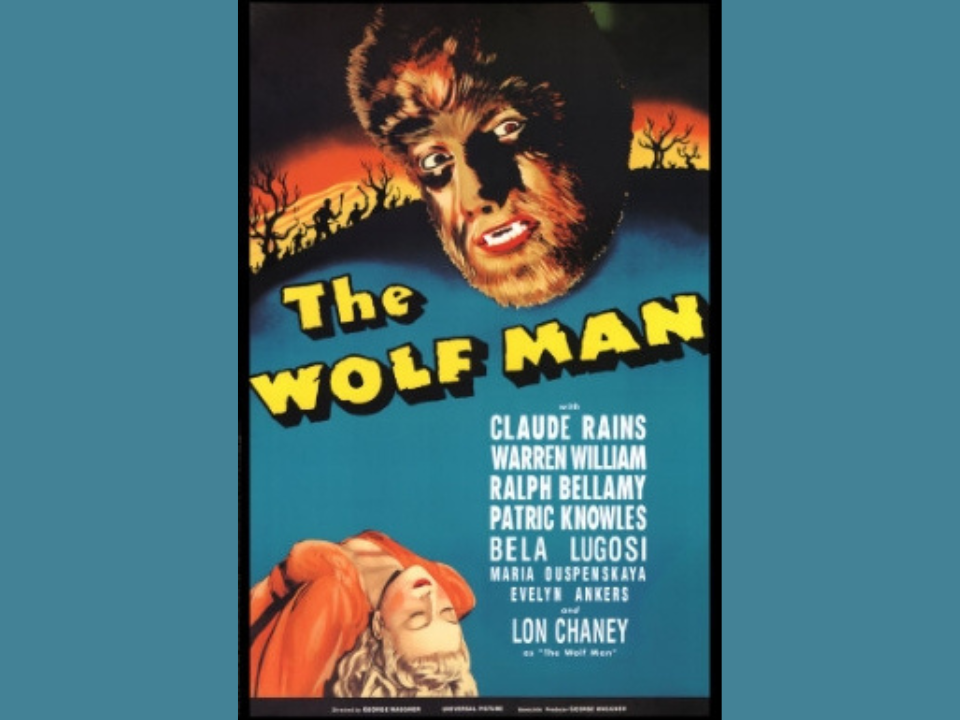
The Wolf Man, starring Lon Chaney Jr., is one of the defining films of Universal’s monster era, introducing a new form of creature: the werewolf. The film’s portrayal of the curse of lycanthropy, with the protagonist transforming into a wolf-like creature during the full moon, became a cornerstone for future werewolf films. The makeup, which combined human and animal features, was revolutionary for its time and set the standard for creature transformations. Chaney’s performance added an emotional depth to the character, making the transformation into the wolf a tragic moment rather than just a monstrous act.
The film’s impact went beyond its immediate success, influencing how werewolves were portrayed in later films. The Wolf Man cemented the idea of monsters as figures trapped between two worlds, struggling with their dual identities. This theme of inner conflict would resonate throughout many future monster films, marking a shift in how creatures were presented, not just as antagonists, but as figures of tragedy and sympathy.
The Blob (1958)
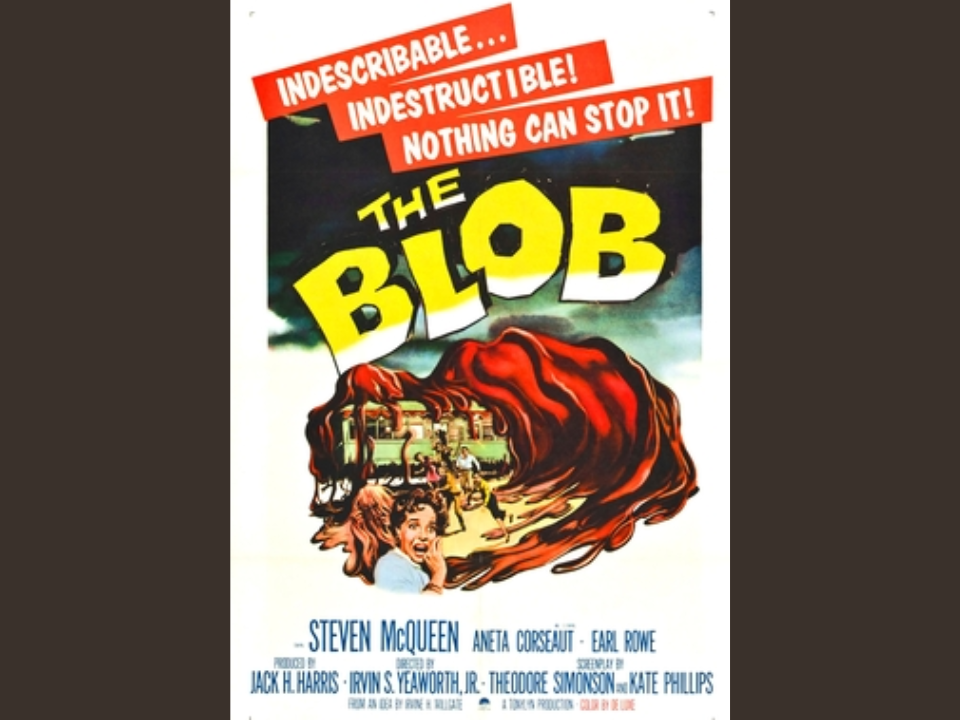
The Blob, directed by Irvin Yeaworth, was a groundbreaking film that introduced a creature unlike anything audiences had seen before. The monster, a gelatinous, amorphous mass, was able to consume anything in its path, growing larger with each victim. Unlike traditional monsters with recognizable forms, The Blob was a threat that was hard to track, its movement unpredictable and its form ever-changing. This concept of a monster that could be anywhere and could not be easily destroyed created a new type of horror in monster films.
The film’s impact extended beyond its visual effects, influencing how monsters were depicted in later films. The Blob was more than just a creature of horror; it symbolized the fear of the unknown and the uncontrollable. The film’s success sparked a wave of monster movies that featured grotesque creatures with unique, often unpredictable abilities, further expanding the types of monsters that could be explored in cinema.
The Mummy (1932)
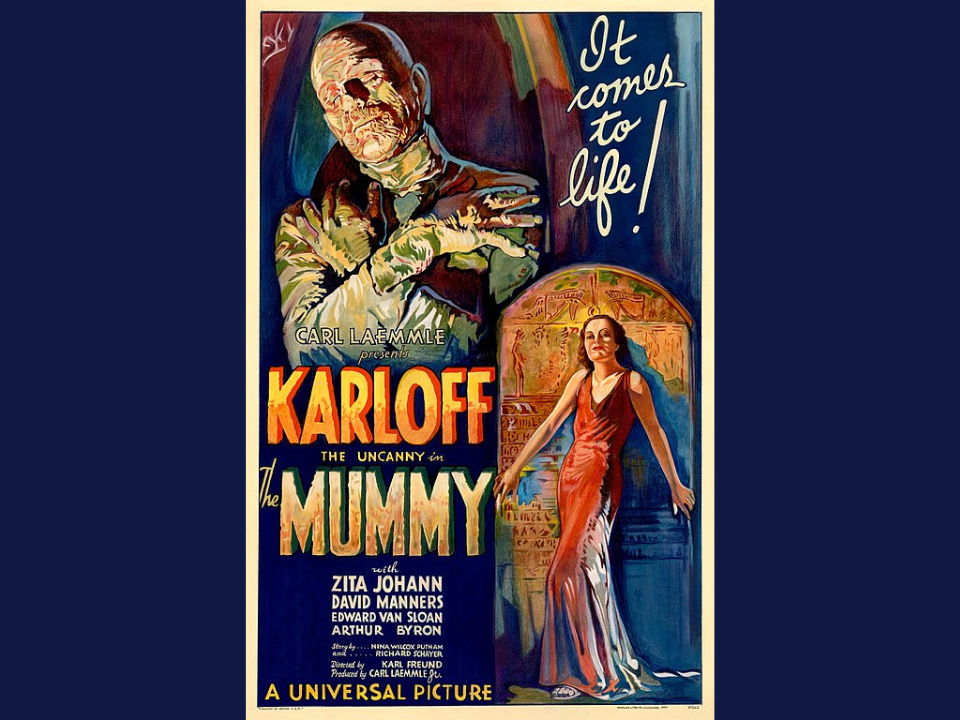
The 1932 The Mummy, directed by Karl Freund, introduced audiences to one of Universal’s most iconic monsters: Imhotep, the reanimated mummy. Unlike other creature features, The Mummy combined supernatural elements with an eerie atmosphere of ancient mystery. The monster, originally an Egyptian priest, was a tragic figure driven by love and vengeance, adding depth to the typical monster archetype. Boris Karloff’s performance as the mummy brought a haunting presence to the film, making the creature a symbol of both fear and sorrow.
The film’s success sparked a series of sequels and spinoffs, cementing the mummy as one of the great movie monsters. It also influenced later films that incorporated ancient curses and supernatural beings, showing that monsters could be both terrifying and deeply rooted in myth. The Mummy remains a pivotal film in the genre, continuing to influence how monster stories are told in both horror and adventure films.
Tremors (1990)
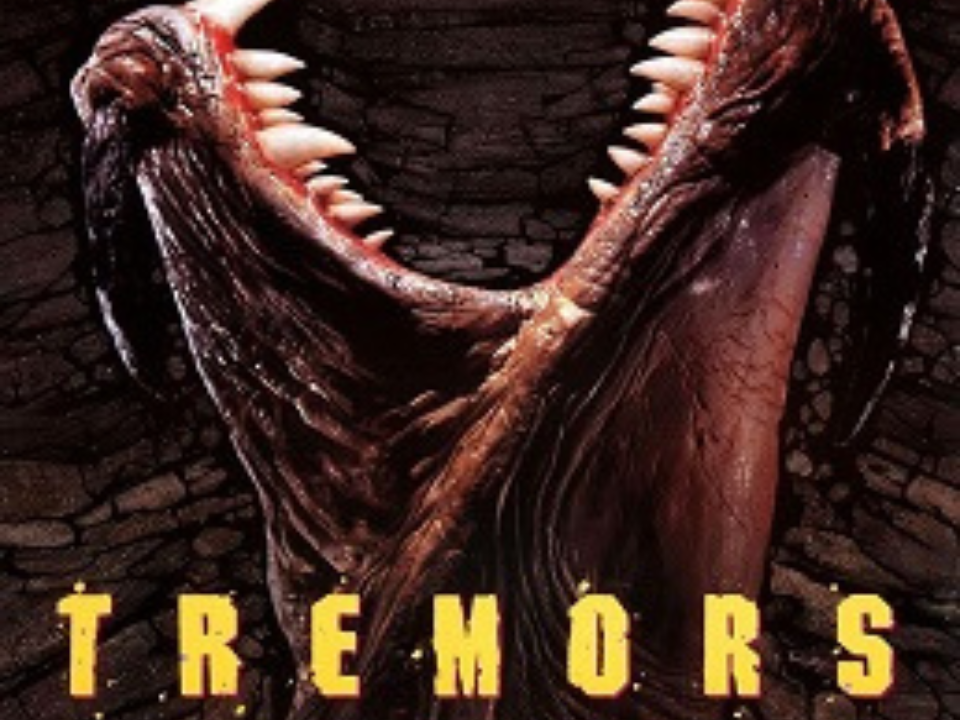
The Graboids from Tremors, directed by Ron Underwood, introduced audiences to a new breed of creature: gigantic, underground-dwelling worms that terrorized a small desert town. The film’s clever combination of monster horror and humor created a unique experience, as the creatures were both deadly and somewhat comical in their pursuit of humans. The practical effects, particularly the movement of the Graboids beneath the ground, were ahead of their time and brought a fresh take on creature design. Tremors became an instant cult classic due to its innovative creatures and its ability to blend tension with moments of levity.
The film’s success led to a series of sequels, establishing the Graboids as one of the more memorable creature features in modern monster cinema. It also highlighted the importance of combining tension with creativity when designing monsters, showing that a creature could be terrifying without following traditional monstrous tropes. Tremors remains a beloved part of monster movie history, influencing how filmmakers approach creature features today.
An American Werewolf in London (1981)
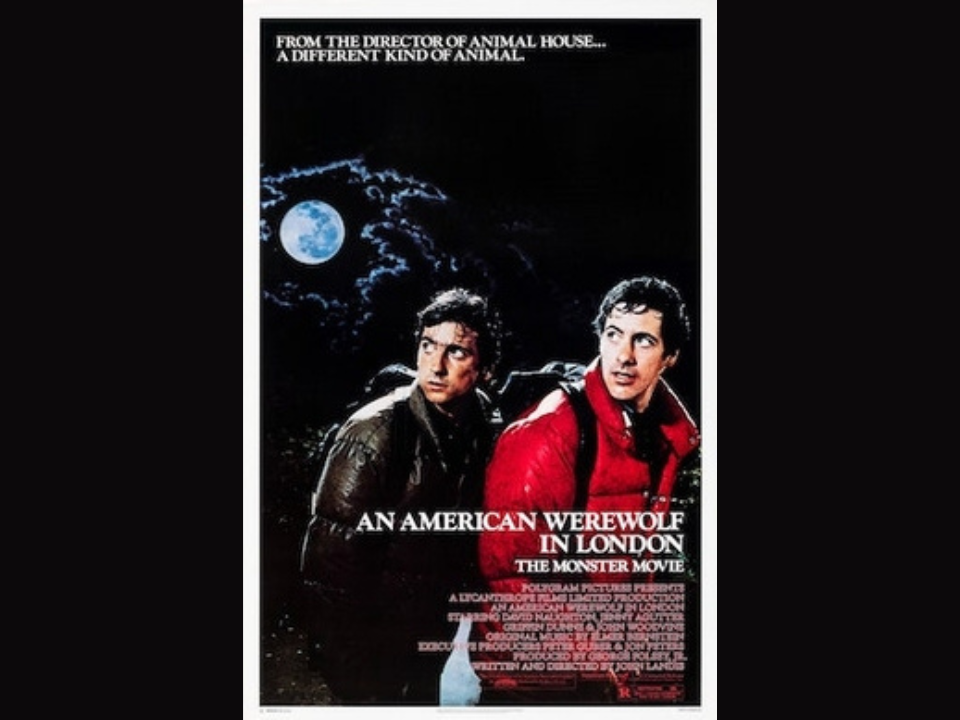
An American Werewolf in London, directed by John Landis, brought the werewolf genre into a new era with groundbreaking special effects and a dark comedic tone. The film’s transformation scene, in which David undergoes his first werewolf change, is considered one of the best in horror history, thanks to the innovative work of Rick Baker. The makeup and practical effects used to create the werewolf were revolutionary, pushing the boundaries of what was possible in creature design. The film’s combination of horror and humor was a unique approach, making the werewolf both a terrifying and tragic figure.
The film’s success influenced later werewolf movies and brought the genre into the modern era, with a focus on realistic transformations and emotional depth. The creature itself, a horrifying mixture of human and wolf, became a lasting image in the horror genre. An American Werewolf in London set a new standard for creature features, blending cutting-edge effects with character-driven storytelling that would inspire future films in the genre.
The Shape of Water (2017)
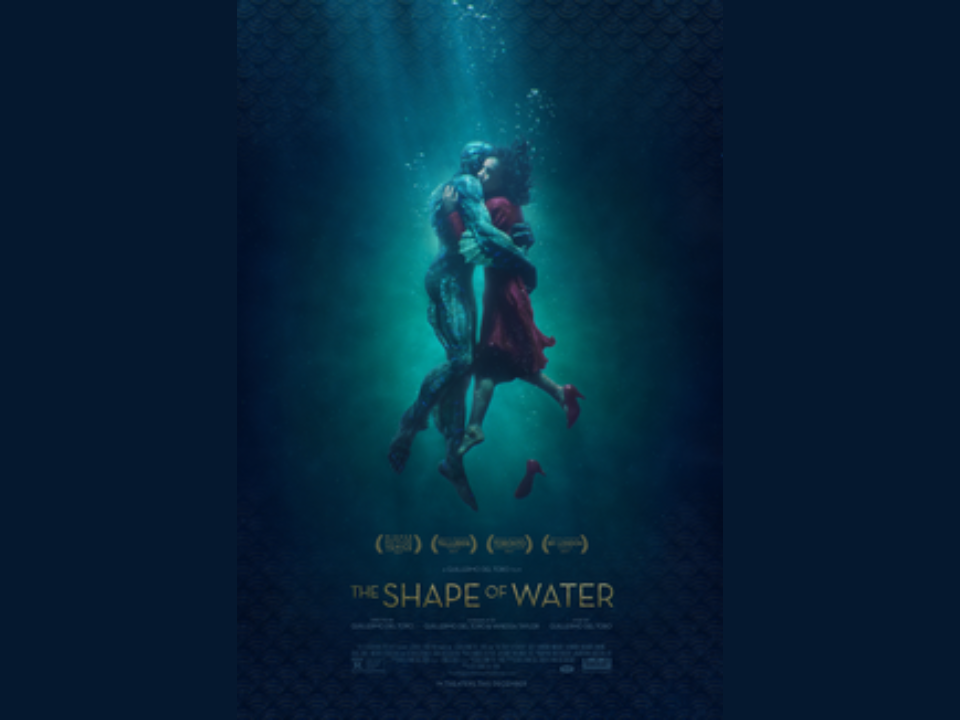
The Shape of Water, directed by Guillermo del Toro, introduced a creature that was both monstrous and deeply sympathetic. The amphibious humanoid, portrayed by Doug Jones, was an entirely new type of monster, combining aquatic and human features in a way that had never been seen before. The film’s creature was not only physically unique but emotionally complex, creating a bond with the human protagonist that defied typical monster movie conventions. The design of the creature, using a mix of prosthetics and CGI, was both beautiful and terrifying, adding a new layer to the genre.
The film’s success at the Academy Awards, including winning Best Picture, proved that creature features could be more than just horror movies—they could also be works of art with deep emotional resonance. The monster’s tragic and misunderstood nature has since influenced how creatures in film are approached, showing that they can be more than just antagonists. The Shape of Water stands as a testament to how monsters can embody both fear and empathy, forever changing how they are portrayed in cinema.
The Creature from the Black Lagoon (1954)
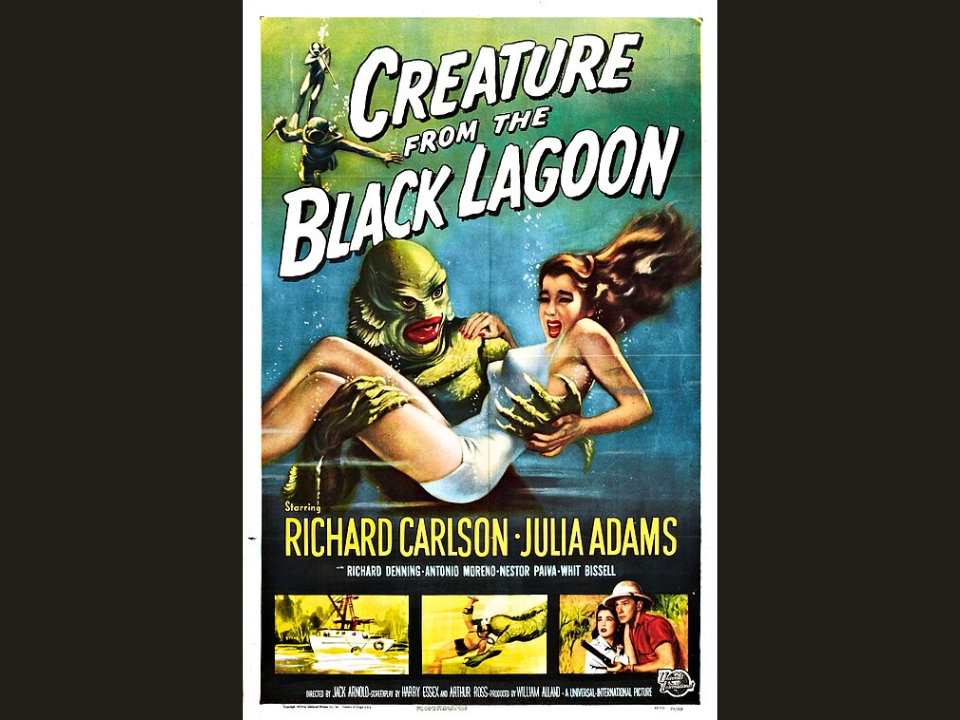
The 1954 film The Creature from the Black Lagoon, directed by Jack Arnold, introduced one of the most iconic monsters in horror history. The Gill-man, a half-human, half-amphibious creature, became an instant symbol of terror with its terrifying appearance and mysterious origins. The film’s underwater sequences, which featured the creature stalking its victims, were revolutionary for their time, creating a sense of claustrophobia and isolation. The creature’s design and its pursuit of the film’s female protagonist made it a memorable figure in the genre.
The success of The Creature from the Black Lagoon led to two sequels, cementing the Gill-man as a classic monster. It also influenced how creatures were portrayed in future films, with a focus on blending human and animalistic traits to create more complex characters. The film’s legacy remains significant, with the creature’s design still admired by fans and filmmakers alike, serving as an inspiration for modern monster films.
This article originally appeared on Avocadu.
